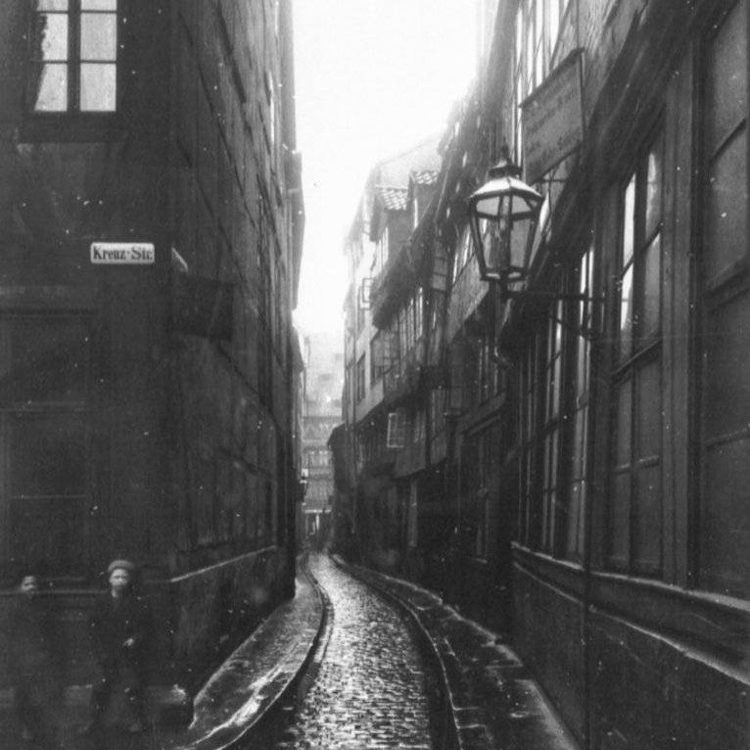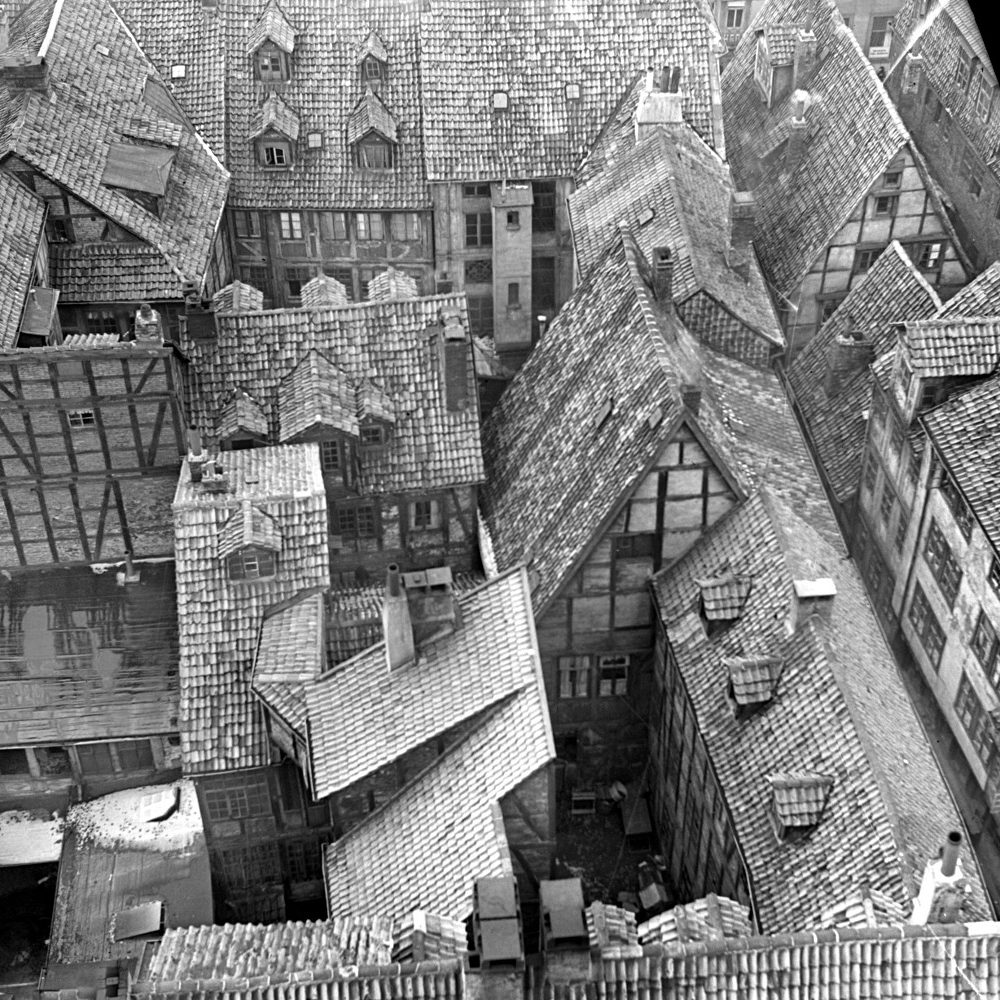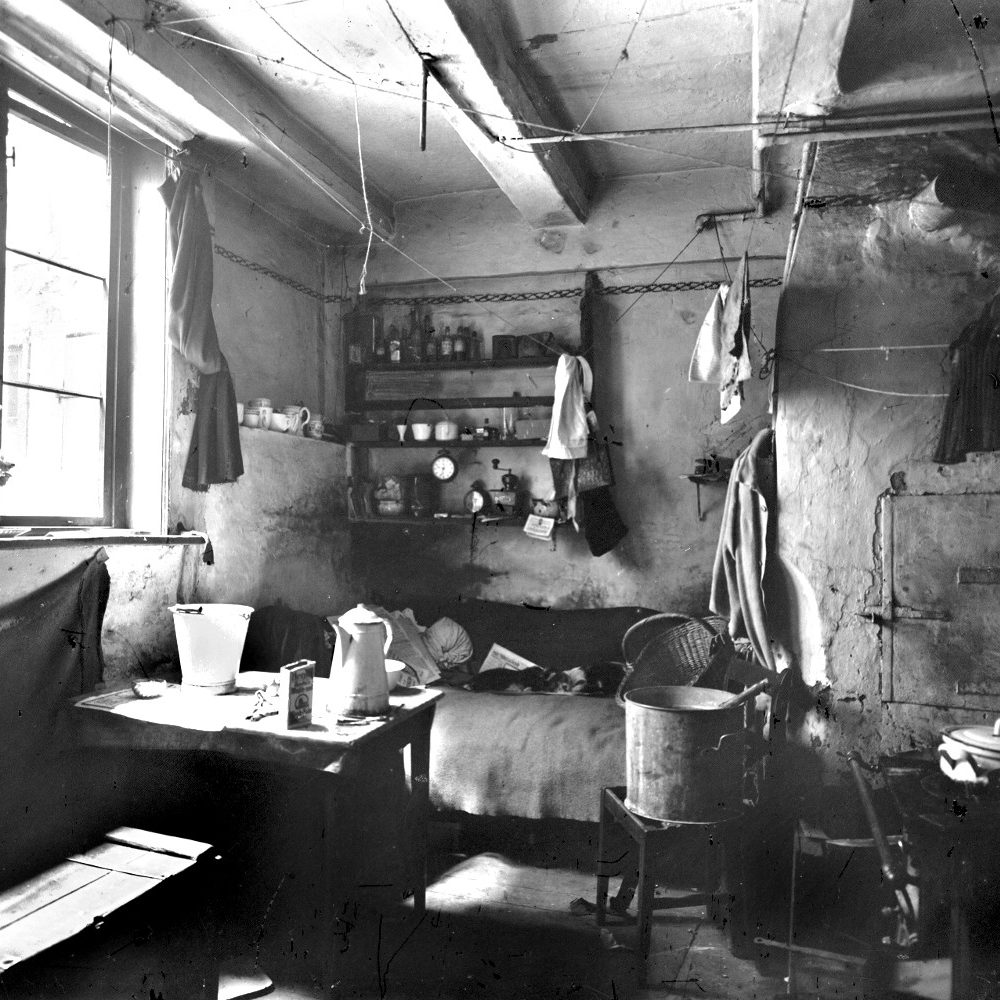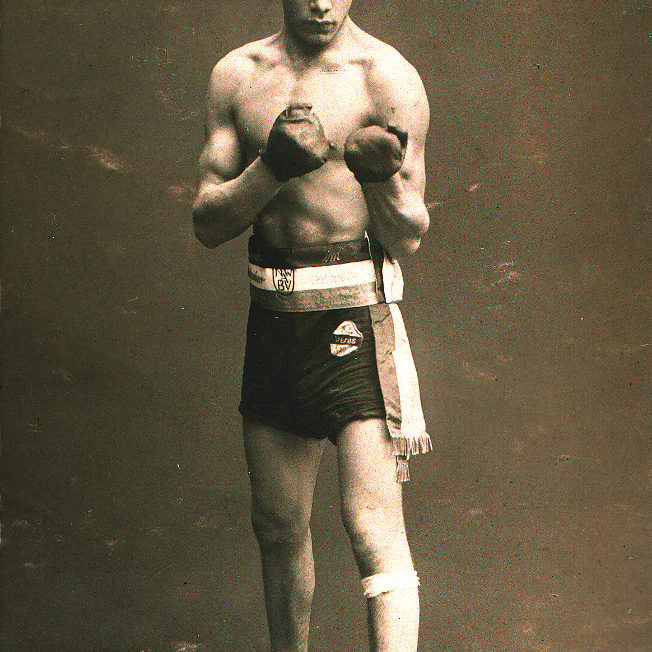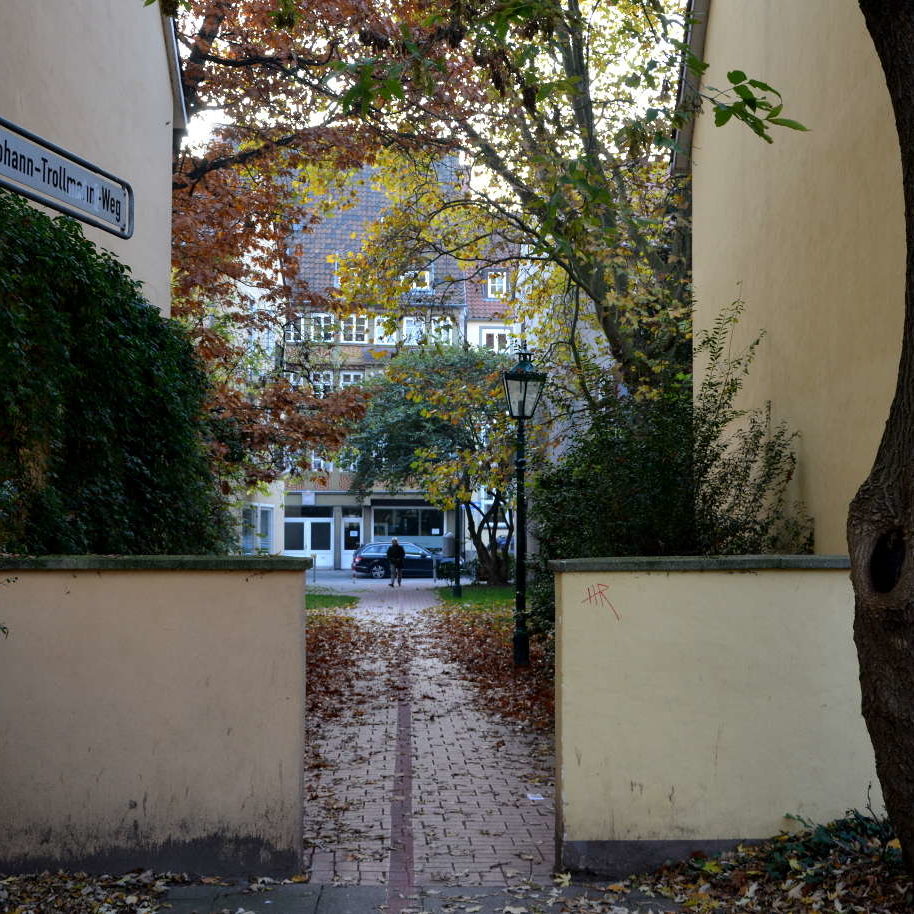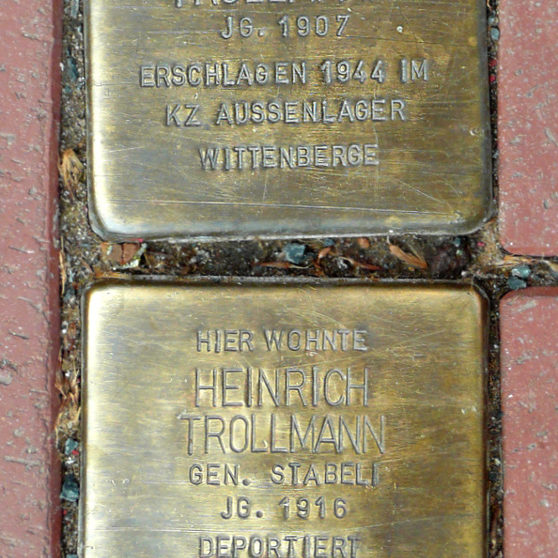Johann Trollmann – known in his family as “Rukeli” – was a Sinto and was born on 27 December 1907 in Wilsche, a district of Gifhorn. He grew up together with his eight siblings in humble circumstances in Hanover’s Altstadt, the old part of the city. He went on to make a meteoric career as a boxer. It all came to an end in 1933.
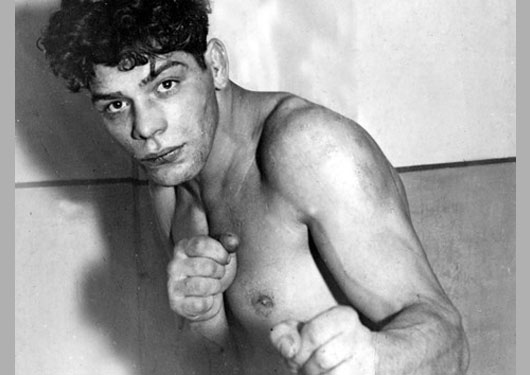
Success as a boxer
Johann Trollmann begins boxing training at the tender age of eight. He starts out in the gym at the town school in Schaufelder Strasse, located in the heart of Hanover’s Nordstadt district. He fights his way up the ranks at Hanover’s BC Heros-Eintracht, then joins working-class sports club BC Sparta Linden, also in Hanover. In 1929, he moves to Berlin and embarks on a brief but successful professional career. With his unique, distinctive dancing style, he becomes a favourite with the public. While not perhaps the strongest in the ring, he deftly dodges blows and counters them with lightning speed. From 1929 onwards, he performed all over Germany: at the Burghaus in Hanover, the Westfalenhalle in Dortmund, the Neue Welt and Sportpalast in Berlin, and many other venues (see list of fights: https://boxrec.com/en/proboxer/062355).
Career ended by the Nazis
In 1933, the 25-year-old’s career is abruptly cut short by the onset of the National Socialist tyranny: although “Rukeli” clearly won the fight for the title of German light-heavyweight champion in Berlin on points, a few days later he is stripped of the title for spurious reasons. The background motive is racial: a “gypsy” is not allowed to be superior to an “Aryan”. In the following fight against Gustav Eder, Johann Trollmann stages a provocation against the Nazi racial ideology: he enters the boxing ring as a caricature of an “Aryan” with his hair dyed blond and his face powdered white. Because he now boxes in the required “German way” with his feet planted firmly on the ground, abstaining from his footwork, he is outmatched by his opponent and so loses the fight. His career comes to an abrupt end – he loses his boxing licence and thus his livelihood.
Sterilisation
In March 1935, Johann Trollmann and his long-term girlfriend have a daughter, three months later they get married at the registry office in Berlin-Charlottenburg. One of the witnesses is an employee of the “Städtisches Arbeits- und Bewahrungshaus Rummelsburg” [Municipal Workhouse and Protection Hostel Rummelsburg] in Berlin-Lichtenberg – an indication that Johann Trollmann might have been an inmate of this institution at that time. In any case, shortly afterwards its director applies to the court for a sterilisation order. The reason given is a diagnosis of “congenital imbecility” – the standard justification during the Nazi era for the “eradication” of Sinti by rendering them infertile, a procedure also carried out by the Hanover Health Department. According to the files, Johann Trollmann is subjected to forced sterilisation on 23 December 1935.
Death in a concentration camp
In 1939, the 31-year-old was called up for military service in the Wehrmacht [armed forces]. However, in February 1941, the Wehrmacht excludes “Gypsies and Gypsy half-breeds” from active military service on grounds of being “aliens to the community”. On his return to Hanover, Johann Trollmann is arrested in July 1942 at his parents’ house in Tiefental, taken to the “Central Office for Gypsy Affairs” at the police headquarters and severely mistreated. In October 1942, this “gypsy unworthy of military service” is deported to Neuengamme concentration camp and forced to do hard labour. As a former successful boxer, he is singled out for humiliation by the guards who arrange show fights against SS men. In 1944, Johann Trollmann is beaten to death in the Wittenberge subcamp of Neuengamme concentration camp.
Retrospective commemoration and honouring
The entire Kreuzkirche district is almost completely destroyed in the bombing raids. In 2004, the passageway formerly known as Tiefenthal is renamed Johann-Trollmann-Weg in honour of the boxer. In the year prior to this, his title as German light-heavyweight champion is retroactively restored to him. Also, the German Boxing Federation symbolically presents the championship belt to his relatives Louis and Manuel Trollmann.
IIn 2008, Stolpersteine [literally ‘stumbling stones’] are laid for Johann and his brother Heinrich Trollmann in front of the house where they used to live. In 2013, a Stolperstein is added for “Rukeli’s” brother Julius “Mauso” Trollmann. He was severely mistreated in labour camps and died in 1956 of the after-effects of his maltreatment.
Online information
Website of Manuel Trollmann www.johann-trollmann.de
Wikipedia entry Johann Wilhelm Trollmann
Boxing Records Archive List of bouts fought by Johann Trollmann
Bernhard Bremberger and Lothar Eberhardt People who underwent forced sterilisation from the Berlin Workhouse and Protection Hostel, Rummelsburg [in German]
Documentation and Cultural Centre of German Sinti and Roma ”Racial Diagnosis: Gypsy”
Artist group BEWEGUNG NURR Temporary memorial for Rukeli Trollmann (PDF) [in German]
The persecution of the Sinti and Roma under National Socialism Resources from Lower Saxony [in German]
Culture of Remembrance Stolpersteine in Hanover [in German]
Further reading: Click here
Texts and images: Michael Pechel

